1
/
of
12
Product number: SKU:22694
22694 MUNAKATA Shiko (Portrait of the Fearless Buddha in Blue Skirt (lithograph))
22694 MUNAKATA Shiko (Portrait of the Fearless Buddha in Blue Skirt (lithograph))
Sold out


?
【Related categories】
Share
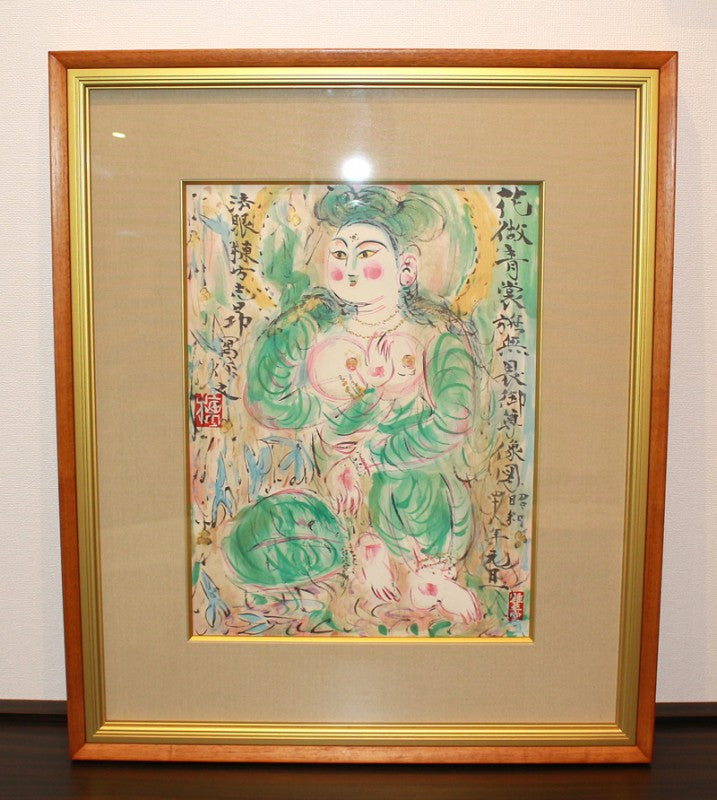


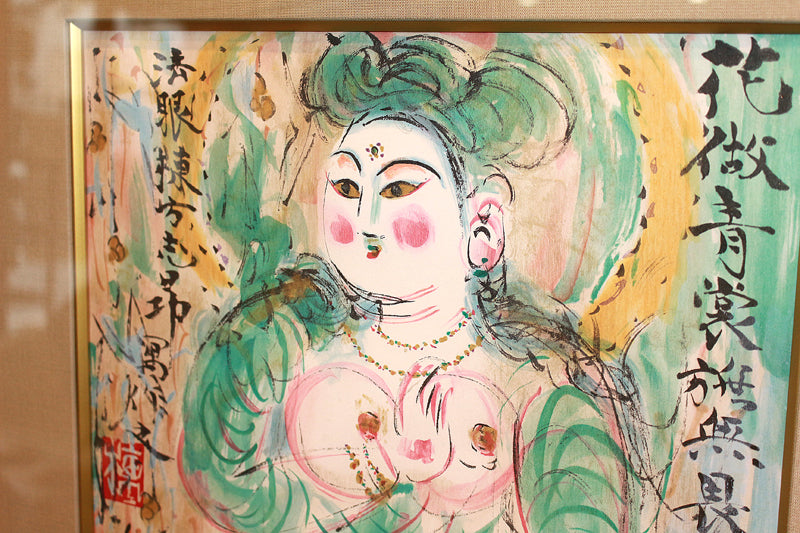
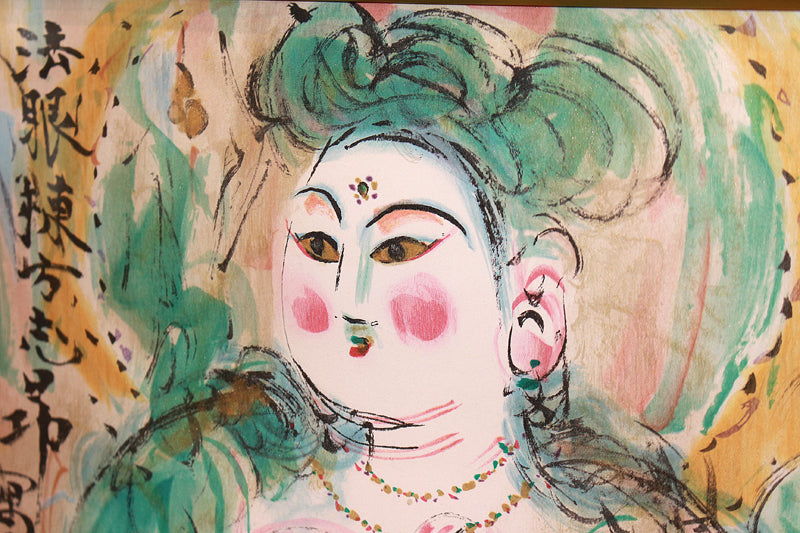
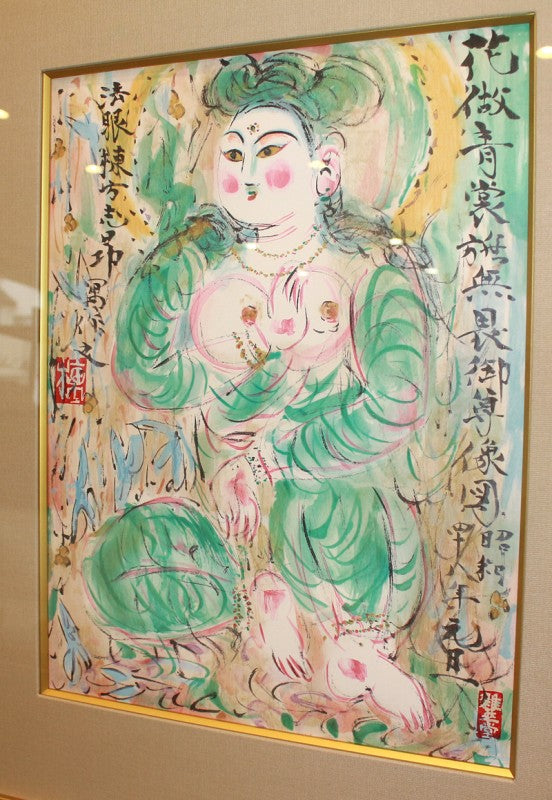

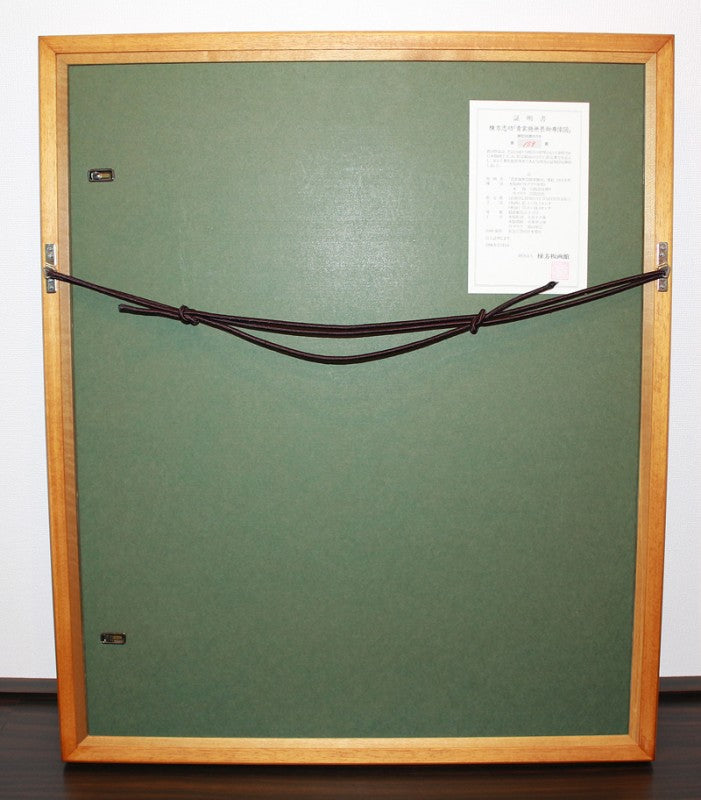
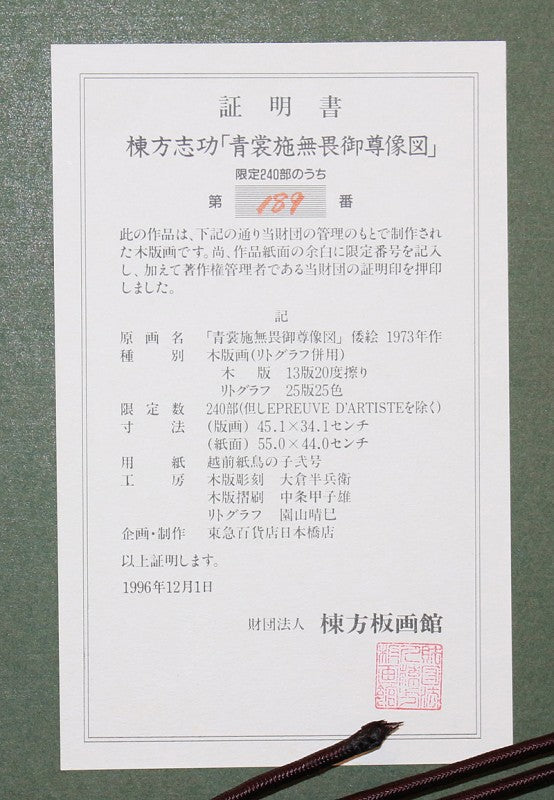

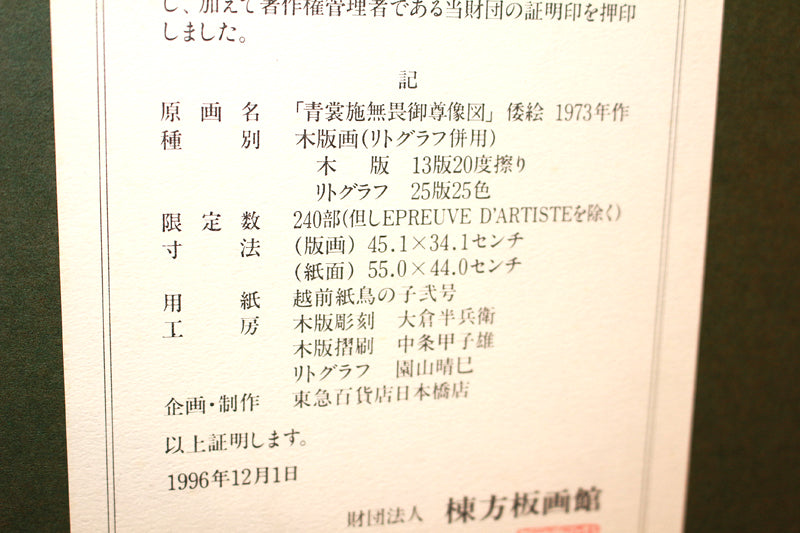
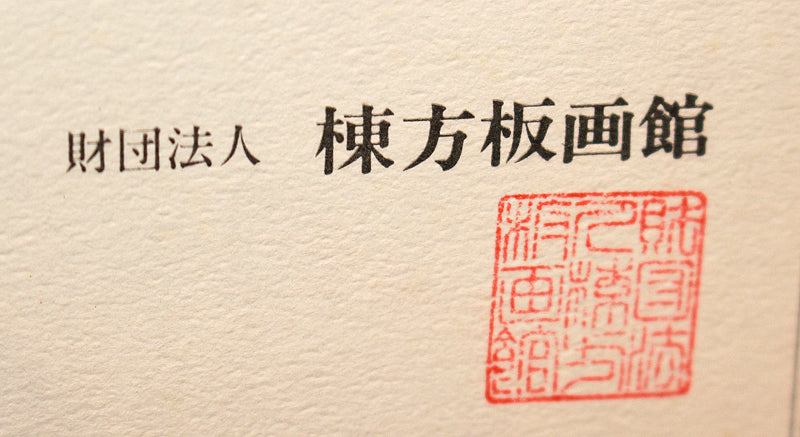




















This is a rare work by Munakata Shiko, featuring the artist in a blue costume.
Munakata Shiko (1903 (Meiji 36) - 1975 (Showa 50)) "I'm going to be Van Gogh!" he said as he moved to Tokyo at the age of 21. He began his life with oil painting and then printmaking. With the desire to "carve out the life from the wood", he called his own prints "wood paintings" and built his own unique world. His free-spirited carvings of Munakata Shiko's works have left a strong impression on people of all ages of the strength and beauty of nature and human life, and they are still loved and familiar to many people today.
Born on September 5, 1903 in Omachi, Aomori City.
In 1920, at the age of 17, he became a waiter in the lawyer's waiting room at the Aomori District Court.
In 1924, at the age of 21, he moved to Tokyo to study painting.
1928, age 25: His oil painting "Various Gardens" was selected for the Teiten exhibition for the first time.
In 1930, at the age of 27, he married Akagi Chiya.
1936 (age 33) His work "Yamato is Beautiful" was exhibited at the Kokugakai Exhibition, where he was discovered and taught by Muneyoshi Yanagi, Kanjiro Kawai, Shoji Hamada and others.
1939 (age 36) Creates "The Ten Great Disciples of Buddha."
In 1945, at the age of 42, he evacuated to Fukumitsu Town, Toyama Prefecture.
In 1951, at the age of 48, he moved from Fukumitsu-cho, Toyama Prefecture to Ogikubo, Suginami-ku, Tokyo.
1956 (age 53) Exhibits "Ode to Willow, Green, Flowers and Red" and 11 other works at the Venice Biennale International Art Exhibition in Italy and wins the International Print Grand Prize.
In 1965, at the age of 62, he was awarded the Navy Blue medal.
In 1970, at the age of 67, he was awarded the Order of Culture and designated a Person of Cultural Merit.
He died in 1975 at the age of 72.
About "Board Paintings"
Munakata Shiko uses the character "banga". In the early days he used the character "hanga", but he decided to use the character "ita" because he believed that "banga" was about taking care of the innate qualities of the board and directly bringing out the soul of the wood, and that it was important to listen to the voice of the board. Furthermore, woodblock artists in the late Edo period used the character "ita" and even the "ita" was used for the printmakers, and Munakata Shiko himself specialized in wooden board paintings, so he used the expression "banga".
Back coloring
Traditional Japanese colored woodblock prints are multicolored like ukiyo-e, but Munakata Shiko used color to make his black-and-white woodblock prints more vivid. Many of his works from 1937 onwards are painted on the reverse side.
About "Fence"
Most of Munakata's woodblock prints, except for those from the first few years, are named "XX's fence," such as "Okubi no Saku." According to Munakata Shiko, "saku" refers to the pilgrimage to temples in Shikoku, and represents the spirit of walking while offering a talisman and making a wish. The character expresses the infinite desire to make a wish on each piece of work, placing a signpost for one's life. He began using the character "saku" in 1941, when he was around 38 years old and came into contact with Yanagi Muneyoshi and others and became aware of a view of art that relies on other power, and it seems to have some connection to this view of art. He uses it as a general name for the entire series and for individual works, but only in the titles of woodblock prints, and not for original paintings such as Japanese paintings and oil paintings.